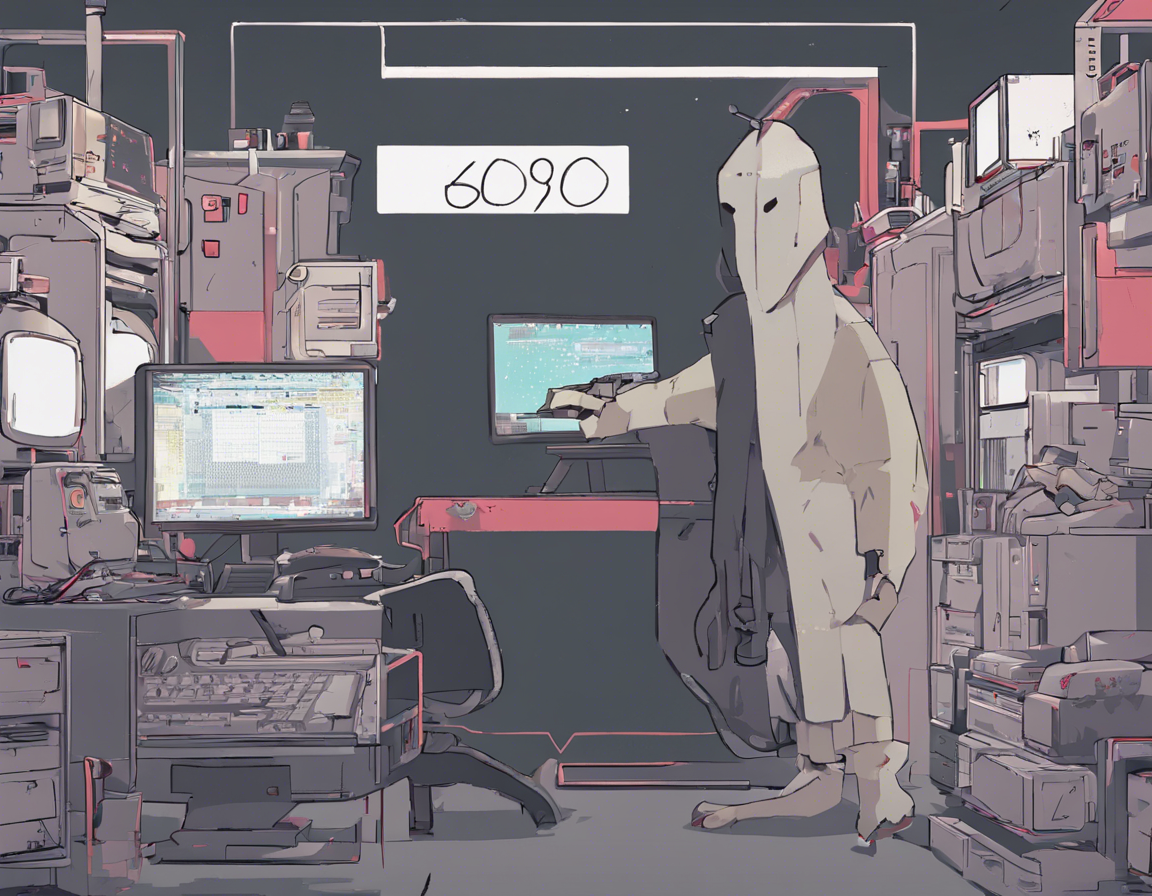When it comes to the vibrant and diverse cultural landscape of India, the Marathi language holds a special place. One unique aspect of Marathi culture is the tradition of Bhau-Cha Dhundi. This cultural phenomenon is deeply rooted in the spirit of camaraderie, community, and celebration. In this article, we will delve into the rich tapestry of Bhau-Cha Dhundi, exploring its origins, significance, and modern-day relevance.
Understanding Bhau-Cha Dhundi
Bhau-Cha Dhundi, also known as காவலர்ஸ் ஹேப்பி யுஜ், is a colloquial term in Marathi that translates to “Brother’s Search” in English. This tradition is typically observed during the festival of Ganesh Chaturthi, which is a grand celebration honoring the beloved elephant-headed deity, Lord Ganesha.
The Origins of Bhau-Cha Dhundi
The practice of Bhau-Cha Dhundi has its roots in the concept of community bonding and neighborhood solidarity. It is believed to have originated in the state of Maharashtra, particularly in the city of Mumbai. The tradition involves groups of young men, known as ‘Balasaheb’, coming together to visit various Ganesh idols installed in their neighborhood or community.
The Significance of Bhau-Cha Dhundi
Bhau-Cha Dhundi serves as a symbol of unity and brotherhood among the participants. It fosters a sense of belonging and togetherness, as individuals from different backgrounds come together to celebrate a shared cultural heritage. The ritual of visiting different Ganesh pandals (temporary structures where the deity is worshipped) not only strengthens social ties but also reinforces cultural identity.
The Rituals of Bhau-Cha Dhundi
During Bhau-Cha Dhundi, the Balasaheb groups embark on a journey across their locality, visiting various Ganesh pandals. They often carry musical instruments, such as dholaks (drums) and tashas (cymbals), adding to the festive atmosphere. The participants chant devotional songs in praise of Lord Ganesha, dance to traditional tunes, and offer prayers at each pandal visited.
Modern Relevance and Evolution
In contemporary times, Bhau-Cha Dhundi has evolved to reflect the changing dynamics of urban life. While the core essence of community bonding and cultural celebration remains intact, the tradition now incorporates modern elements such as social media promotions, themed pandals, and charitable initiatives.
Celebrating Diversity and Tradition
Bhau-Cha Dhundi exemplifies the beauty of India’s cultural diversity and harmony. It transcends barriers of caste, creed, and religion, bringing people together in a spirit of joy and camaraderie. As a cherished tradition passed down through generations, it continues to thrive and evolve, serving as a testament to the enduring legacy of Marathi culture.
Frequently Asked Questions (FAQs)
Q: What is the significance of Bhau-Cha Dhundi in Marathi culture?
A: Bhau-Cha Dhundi symbolizes unity, brotherhood, and community bonding among participants during Ganesh Chaturthi celebrations.
Q: How did the tradition of Bhau-Cha Dhundi originate?
A: Bhau-Cha Dhundi is believed to have originated in Maharashtra, particularly in Mumbai, as a way to foster social ties and cultural identity.
Q: What rituals are involved in Bhau-Cha Dhundi?
A: Participants in Bhau-Cha Dhundi visit different Ganesh pandals in their neighborhood, chant devotional songs, dance, and offer prayers.
Q: How has Bhau-Cha Dhundi evolved in modern times?
A: In contemporary times, Bhau-Cha Dhundi has incorporated modern elements like social media promotions, themed pandals, and charitable initiatives.
Q: What does Bhau-Cha Dhundi reflect about Indian cultural heritage?
A: Bhau-Cha Dhundi reflects the cultural diversity, harmony, and communal spirit of Indian society, transcending barriers of caste, creed, and religion.
Q: Who typically participates in Bhau-Cha Dhundi celebrations?
A: Bhau-Cha Dhundi is usually participated in by groups of young men known as Balasaheb, who come together to celebrate Ganesh Chaturthi.







